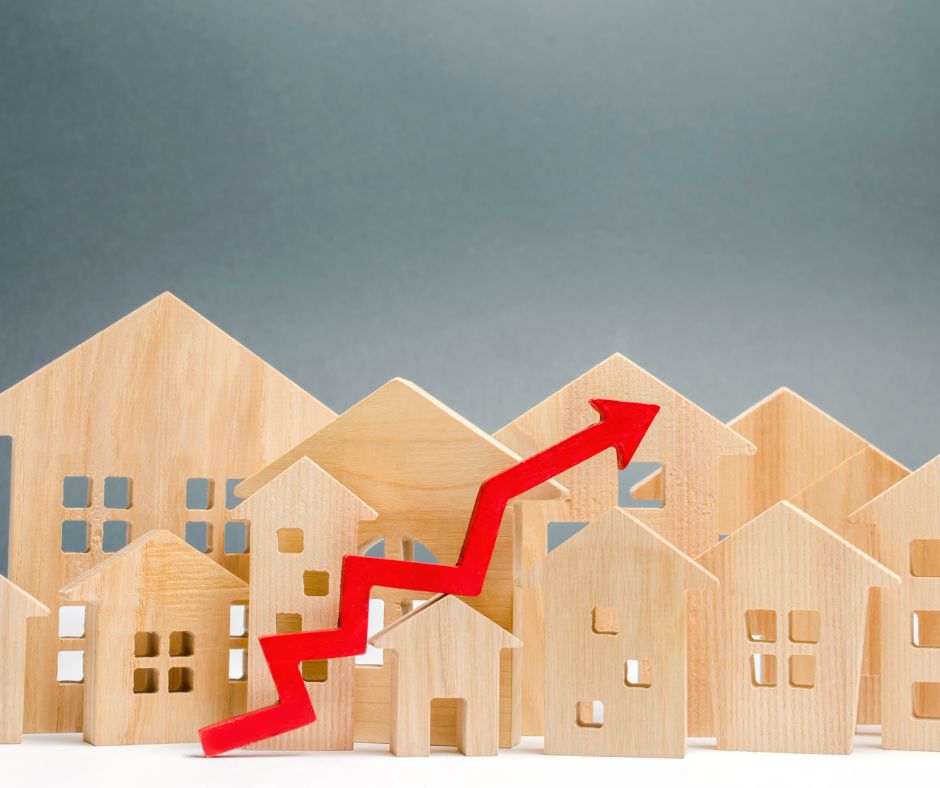Historical Mortgage Rate Trends
For over five decades, Freddie Mac has meticulously monitored the 30-year fixed mortgage rates, providing invaluable insights into the housing market’s heartbeat. Their Primary Mortgage Market Survey compiles data from lenders across the nation, and the trends over the years have been nothing short of fascinating.
As we examine the graph, we observe a noticeable uptick in mortgage rates, particularly since the onset of the previous year. However, even with this upward trajectory, the current rates remain below the 52-year average. A closer look reveals that prospective homebuyers have grown accustomed to mortgage rates fluctuating between 3% and 5% over the past 15 years. This historical context is crucial as it elucidates why the recent surge in rates may have elicited a sense of ‘sticker shock,’ despite the fact that they align closely with the long-term average.
While many prospective buyers have gradually adapted to these elevated rates over the past year, there is a collective yearning for a somewhat more favorable rate. To assess the feasibility of this desire, it is paramount to factor in the prevailing inflation dynamics.
 The Intricate Dance of Inflation and Mortgage Rates
The Intricate Dance of Inflation and Mortgage Rates
Since the beginning of 2022, the Federal Reserve has diligently endeavored to combat inflation. This endeavor holds substantial implications, as historical data showcases a clear correlation between inflation and mortgage rates.
Delving into the graph illustrating this correlation, it becomes evident that each substantial movement in inflation, as depicted in blue, is promptly mirrored by mortgage rates, represented in green. A notable instance of this correlation can be discerned in the circled portion of the graph, highlighting the recent spike in inflation, which was closely followed by an increase in mortgage rates.
In recent times, despite a moderation in inflation, mortgage rates have not exhibited a similar downward trend. Drawing from historical patterns, this could signify that the market is awaiting a shift in mortgage rates to align with the current inflation trends. While it is not possible to make precise predictions, this historical correlation suggests that a decline in mortgage rates might be on the horizon.
In Conclusion
To decipher the potential trajectory of mortgage rates, we must turn to the annals of history. The relationship between inflation and mortgage rates has remained remarkably consistent. As inflation undergoes moderation, it is conceivable that mortgage rates will follow suit and chart a path downward. While the future remains uncertain, the patterns of the past hint at a ray of hope for those with homeownership aspirations.
In conclusion, the interplay between mortgage rates, historical context, and inflation provides a holistic perspective for those contemplating homeownership in today’s ever-evolving real estate landscape. As you embark on this journey, armed with this knowledge, you are better equipped to navigate the dynamic world of mortgage rates and make informed decisions to secure your homeownership dreams.


 Facebook
Facebook
 X
X
 Pinterest
Pinterest
 Copy Link
Copy Link
 The Intricate Dance of Inflation and Mortgage Rates
The Intricate Dance of Inflation and Mortgage Rates


